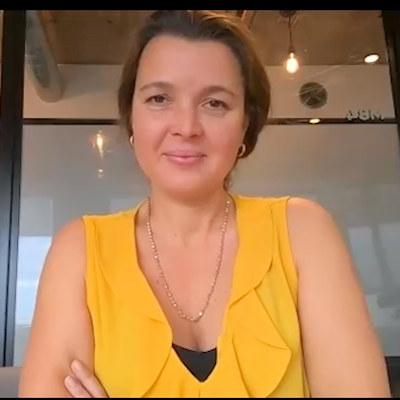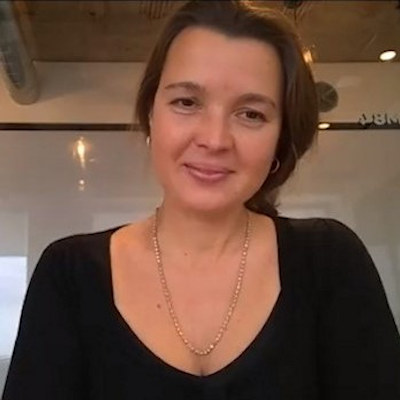Dr. Kubassova started IAG at the age of 26 with the goal of bringing scientific discoveries from academia into the real world. Near the end of her academic studies, it become clear that the algorithms that Kubassova developed might have commercial potential. So, she spent 18 months building the company's initial software platform, Dynamika.
Starting a company was a very humbling experience, according to Kubassova. It gave her an appreciation for a new way of thinking. It is a surreal experience in many aspects, but it all becomes real "when you get the first customer," she recalled.
As a scientist, how do you manage the business side of things?
It is very important to have a background in science when running a science-related business, Kubassova explained. And she said that she feels very lucky to be in the business of science where the results of the company's work are tangible. In the case of IAG, the patients directly benefit from the image analysis that helps guide their treatments.
There are challenges, such as people management, that Kubassova said is a life-long learning process. But fortunately she hired the right management team early on in the formation of the company. While the management team keeps operations running smoothly, as CEO, her role is to provide the vision and the passion for the company, she said.
When should a scientist take their idea to the next level?
The answer to this question depends on when a person wants to raise investment funds. For Kubassova, she felt personally accountable for all the money that the company raised and would have preferred to work with smaller amounts of money. However, she quickly realized that investments were needed to bring the company to the next level.
And what is the next level? The proof of concept is getting the first customer, Kubassova said. Another way to think about this is to ask if anyone is willing to pay for your product? If the answer is yes, then it is time to explore partnerships and collaborations within your industry.
Kubassova explained that it is important for scientists to take advantage of grant funding and nondilutive funding before they go to investors, during the startup process. It can be helpful to take a step back and ask why you are starting a company, and then rely on investors and a management team to help you grow.
Copyright © 2021 scienceboard.net
Last Updated 7/20/2022 12:43:07 PM





